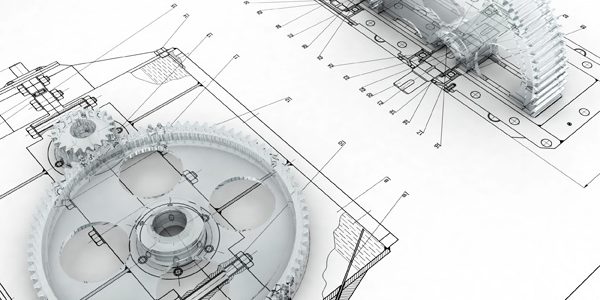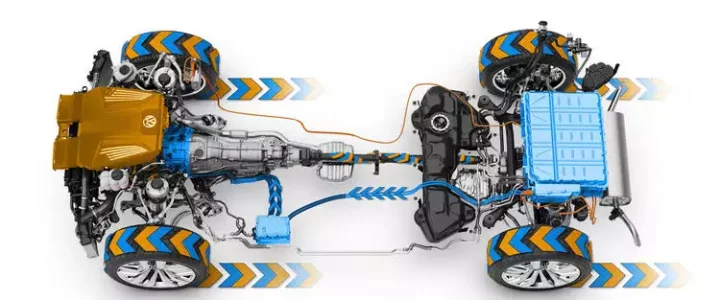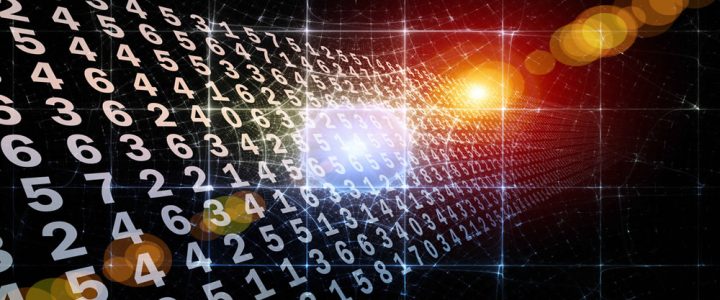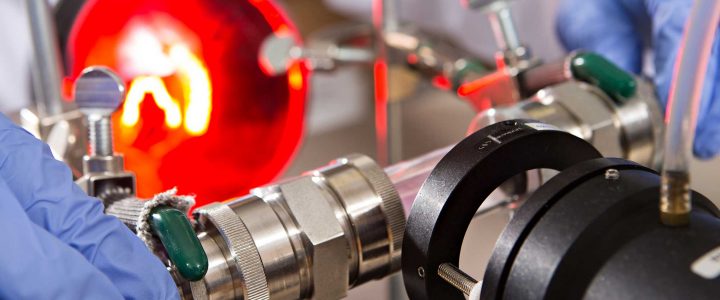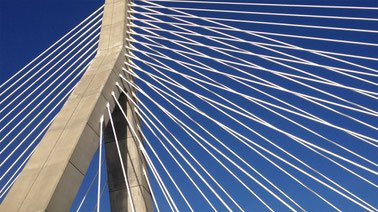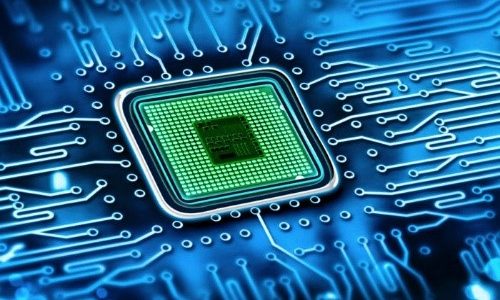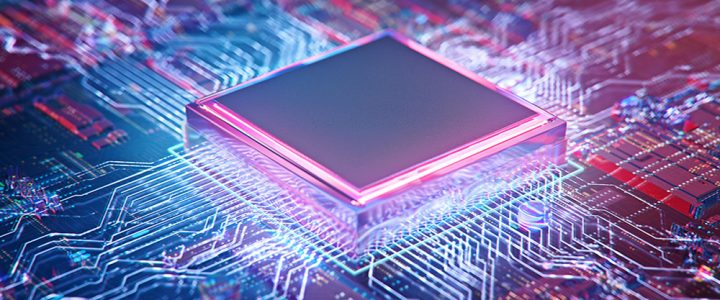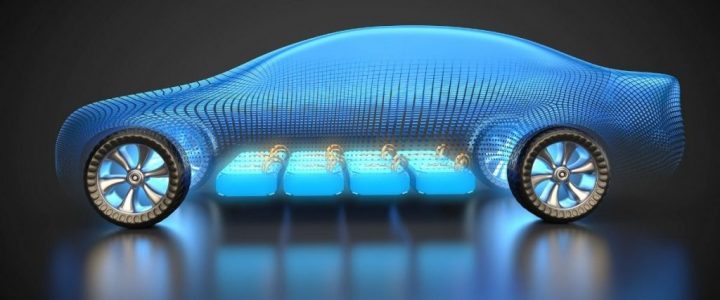| 1 YEAR | I semester | 6 CFU |
| Marco Re |
since A.Y. 2021-25 |
| No Marco Re | A.Y. 2025-26 |
| Didatticaweb
Code: 80300061 |
PREREQUISITES
CIRCUIT THEORY, PHYSICS, MATHEMATICAL ANALYSIS
FORMATIVE OBJECTIVES
EDUCATIONAL OBJECTIVES:
The objective of this course is to provide students with the knowledge for the analysis and synthesis of the electronic systems presented during the course and the means for their resolution. The course has both theoretical and practical character, it is therefore important that the student is able to carry out concrete problems, such as those presented during the exercises.
KNOWLEDGE AND UNDERSTANDING:
Students will learn the analysis techniques used in the analysis of electronic systems in different operating regimes, and acquire the necessary knowledge to carry out circuit simulations through different software.
ABILITY TO APPLY KNOWLEDGE AND UNDERSTANDING: students will be able to evaluate which of the existing methods has to be used to analyze and synthesize the system under consideration with the aim of simplifying the resolution of the problem. Finally, they will be able to apply the software presented to perform the analysis of electronic systems in different operating regimes.
COMMUNICATION SKILLS:
The verification methods implemented will lead the students to 1) know how to quickly choose the methodology to be adopted for solving the proposed problems, and 2) be able to illustrate in a synthetic and analytical way the topics covered by the course using equations and schemes .
LEARNING SKILLS and AUTONOMY OF JUDGMENT:
With the didactic material presented during the course (both written and video) and the list of bibliographic references proposed by the teachers, students have the opportunity to autonomously expand their knowledge on the subject by integrating topics not directly addressed in the course.
SYLLABUS
Specification of Combinational Systems: definitions and specification level, data representation and coding, binary specification of combinational systems.
Combinational Integrated Circuits – Characteristics and Capabilities: representation of binary variables, structure and operation of CMOS gates, propagation delays, voltage variations and noise margins, power dissipation and delay-power product, Buses and three-state drivers, circuit characterization of a CMOS-family.
Description and Analysis of Gate Networks: definition, description and characteristics, sets of gates.
Design of Combinational Systems – two-level gate networks: minimal two-level networks, Karnaugh maps, minimization of sum of products and product of sums, design of multiple-output two-level gate networks, two-level NAND-NAND and NOR-NOR networks, limitations of two-level networks, programmable modules: PLA and PLA.
Design of Combinational Systems – Multilevel Gates Networks:
Transformations, alternative implementations, networks with XOR and XNOR gates, and networks with two-input multiplexers.
Specification of Sequential Systems: synchronous sequential systems, representation of the state transition and output functions, time behavior and finite state machines, finite memory sequential systems, controllers, equivalent sequential systems and minimization of the number of states, binary specification of sequential systems, specification of different types of sequential systems.
Sequential Networks: canonical form, high-level and binary implementations, gated latch and D flip-flop, timing characteristics, analysis of canonical sequential networks, design of canonical sequential networks, other flip-flop modules: SR, JK, T, analysis of networks with flip-flops, design using special state assignments.
 UNIVERSITA' DEGLI STUDI ROMA "TOR VERGATA"
UNIVERSITA' DEGLI STUDI ROMA "TOR VERGATA"
